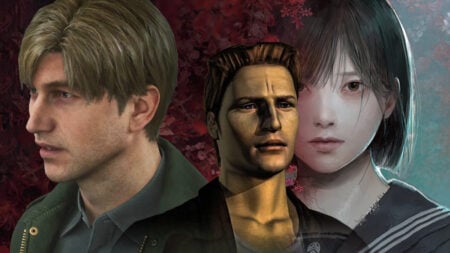Skip To...
Vanillaware has taught me the meaning of “it pays to be patient.” While the dev studio’s releases are slow, they are definitely worth the wait, and Unicorn Overlord is no exception. This entry is a love letter to series like Ogre Battle and, in part, to Fire Emblem. While it takes inspiration from them, it still stands on its own as an experience with such a strong, unique identity that it could very well be a contender for the JRPG of 2024.
Unicorn Overlord Review
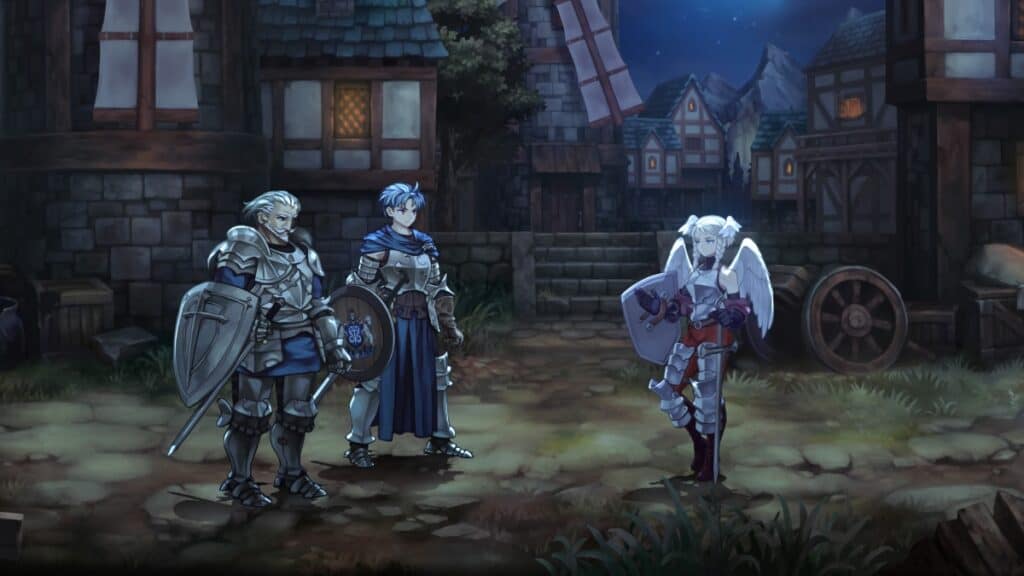
Unicorn Overlord has many of the systems I love about the genre: a sizeable memorable cast of characters, classes that generally play like rock-paper-scissors, in-depth tactical elements that don’t overwhelm, and a story with a medieval setting and political overtones. While all these elements are to my liking, they can have their shortcomings, but thankfully, they come out less here. Of all the staples or clichés of the genre, Unicorn Overlord manages to handle them well until the credits roll.
Story: Cornia’s Rightful Ruler
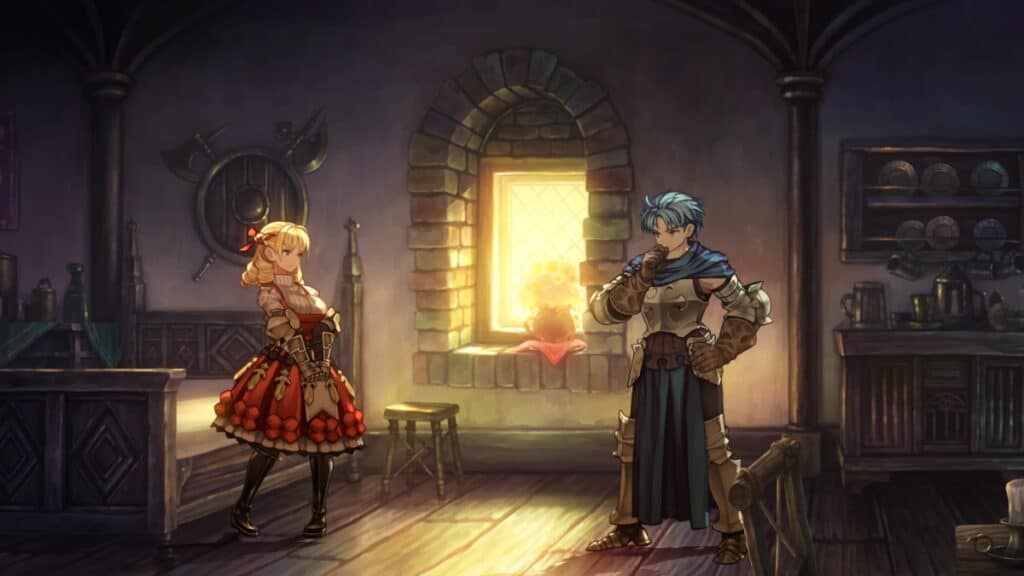
Unicorn Overlord features a campaign with your typical medieval fantasy plot involving wars and political struggle. It’s a narrative that’s quite commonplace in these JRPGs that veterans of the genre should be familiar with.
The kingdom of Cornia fell at the hands of Galerius, a tyrant who wanted to control every province with an iron fist. Alain, our protagonist, managed to escape as a child before being executed. After getting older, he becomes in charge of leading the rebellion as your main character. Accompanied by beastrals, humans, elves, and angels, you’ll visit many areas of the continent in the hopes of standing against the evil empire that has usurped your throne.
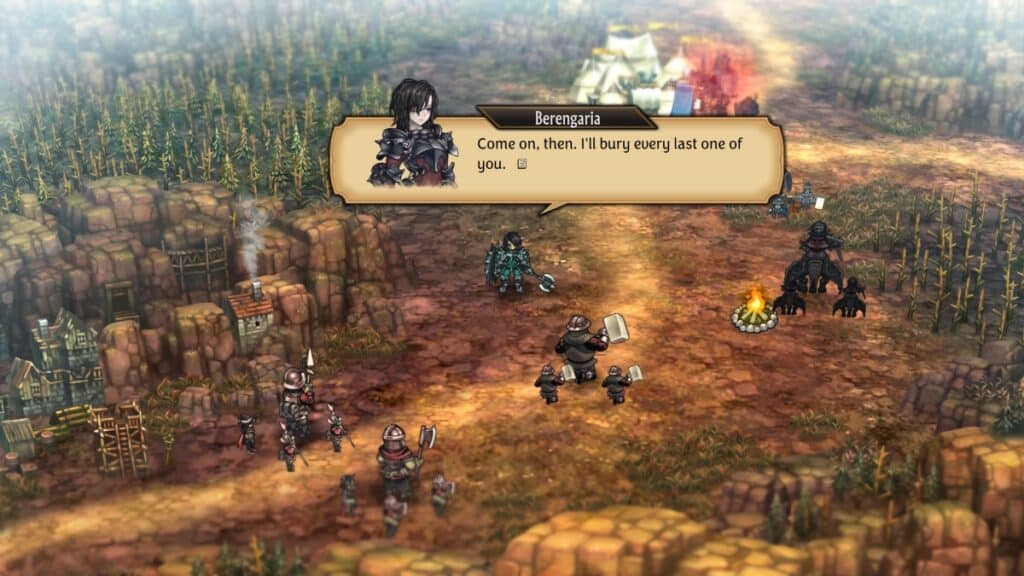
Overall, the story is not bad, but it is pretty predictable. It’s the basic “Rebels are good; the empire is evil,” with cliche characters and plot twists that you’ll detect long before they happen. Still, it is enjoyable and justifies the engaging tactical systems of this installment. Nevertheless, I think it’s the weakest part of Unicorn Overlord. Fortunately, most of the cast is good, as other games in the genre often suffer from having too many characters.
I personally prefer handling a wide variety of tactical units, but this can be a double-edged sword. On the one hand, you get to learn about a colorful cast of characters. Increasing rapport between each party member is enjoyable, as you can see each member’s personal story develop. But, with over 60 soldiers, many never get to take the front of the stage. This not only negatively affects the plot but also the gameplay; I’ll talk about the latter later. That said, the plot is not as relevant as the gameplay experience. Ultimately, it only works to set the tone for the main highlight of Unicorn Overlord: its combat.
Gameplay: Classic and Modern Tactical Systems Collide
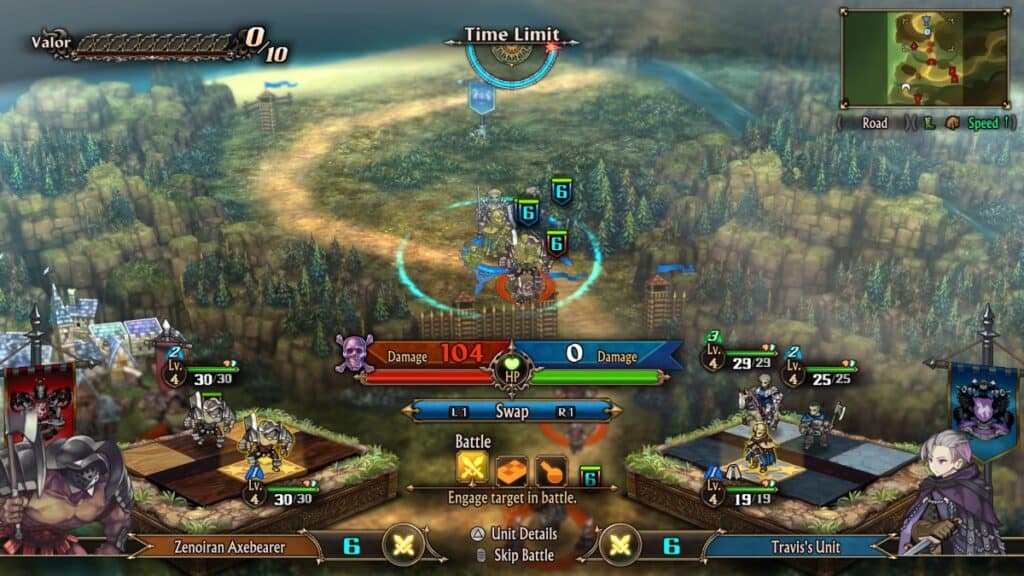
Unicorn Overlord‘s gameplay is where the game shines best and will be the primary element that’ll keep you captivated to see your journey through. It’s a combination of unit management systems similar to Tactics Ogre Reborn and combat that unfolds similarly to the Fire Emblem series. Important planning and strategic preparation take place outside of the actual fight. You must equip each character with weapons and accessories and assemble them in units of up to six characters. Once you start a stage, you deploy these units and move them in an RTS-like system where both enemies and you charge to meet in combat. Once the encounter happens, battles occur automatically, depending on how you set your units up.
It might sound simple on paper, but it’s more complex than you might think. Yet Unicorn Overlord strikes a perfect balance between complexity and accessibility. Those familiar with the genre will experience the game like a multi-layered cake: the more you slice it, the more things you’ll discover that you’ll like. For example, if you want to optimize your units, you should view the game as a six-space chessboard. How you place characters dictates how much damage you will do and receive. Put enemies in a line, and a lancer can kill them together. Separate them, and the unit becomes useless. The same goes for leaders. Want to advance fast? Make the cavalry lead. Want to fly over the terrain? Have your wyvern knights or griffin riders lead the unit.
On the other hand, you could approach Unicorn Overlord like a creature collector. Do you like werewolves and want to marry one? Place them in the protagonist’s unit to raise their rapport, lower the difficulty, and forget about the rest. If you’re new to the genre but are intimated by its complexity, you needn’t fret, as Unicorn Overlord has so many quality-of-life features that it’s an excellent entry point. From being able to organize your soldiers before each fight to pausing the flow of battle at any time to changing equipment and tactics before each fight, it aims to catch new players in its tactical web while also appealing to hardcore gamers at every turn.
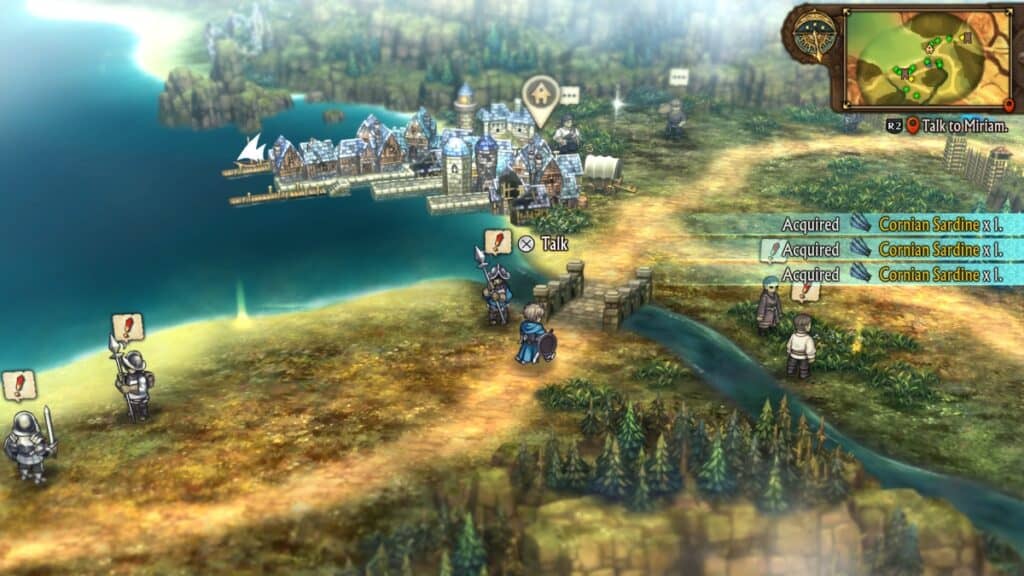
The fun doesn’t stop there. You have access to an open map with many non-linear elements that allow you to approach the story how you like. In fact, you can go to the final mission even if you are 30 levels below what’s ideal, but I wouldn’t recommend it. There are so many characters to unlock, stories to learn, and places to see that rushing through it is not ideal. The best thing during my time playing the game was to liberate each location, uncover their stories, and improve the war-torn towns. The overall narrative may not grab everyone, but your impact on the world through the battles and contributions makes you feel fulfilled as Cornia’s promised liberator.
My main complaint with Unicorn Overlord is its power creep. Since you’re given characters like candy, many become irrelevant when you reach the end. This also applies to their stories and combat. If I already have my units established, why should I add someone I got after 30 hours? This imbalance is not something that only this game fails, but Fire Emblem Engage as well. If Unicorn Overlord offered more replayability or drastic changes to the plot based on your choices, like Tactics Ogre Reborn, I might have considered using more characters. But the way the game is handled, there’s not much reason to do so.
Graphics & Audio: Beauty In Times of War
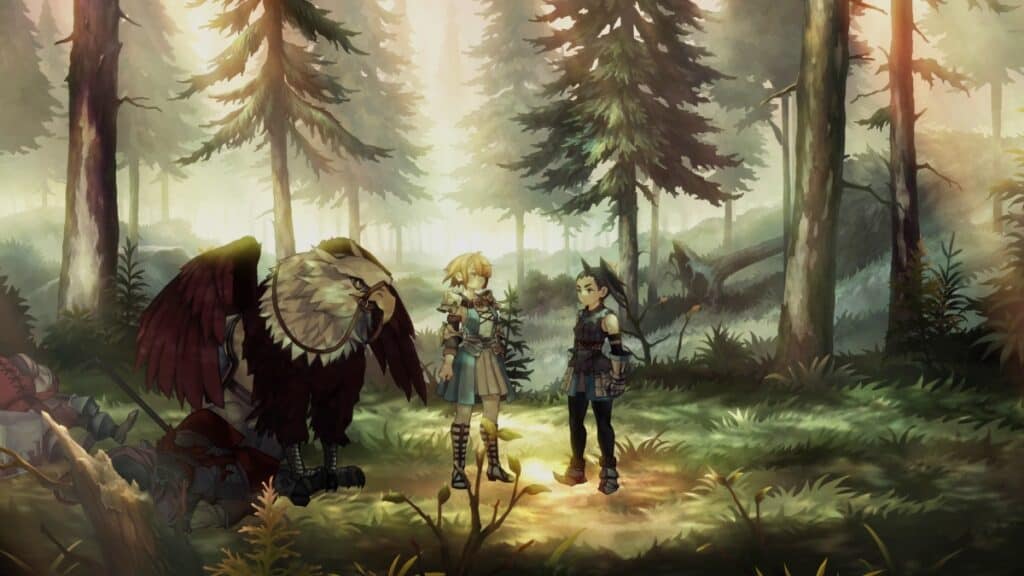
I couldn’t help but compare Unicorn Overlord and its animation style to Fran Bow. The art style reminds me of Square Enix’s illustrations combined with a style similar to cutout animation, a little like Octopath Traveler. Although the sprites in the world or combat are small and almost 16-bit-like, in cinematics, you can see their details in all their splendor. It’s something very iconic of Vanillaware that makes every scene stand out despite being in a 2D environment. The lighting and visual depth give beauty to the game’s simplest moments.
There is also the audio, which does a decent job elevating the intensity of combat but isn’t exactly memorable. On the other hand, the cast’s performance is remarkable. Being the avid anime watcher that I am, I played the game in Japanese and recognized many high-caliber VAs. Although what they say doesn’t quite match the subtitles, you don’t miss much. If I could recommend anything, play it in the original language. It is a marvel to hear the vocal skills of Unicorn Overlord‘s cast.
Conclusion: One of the Most Memorable Tactical RPG Experiences
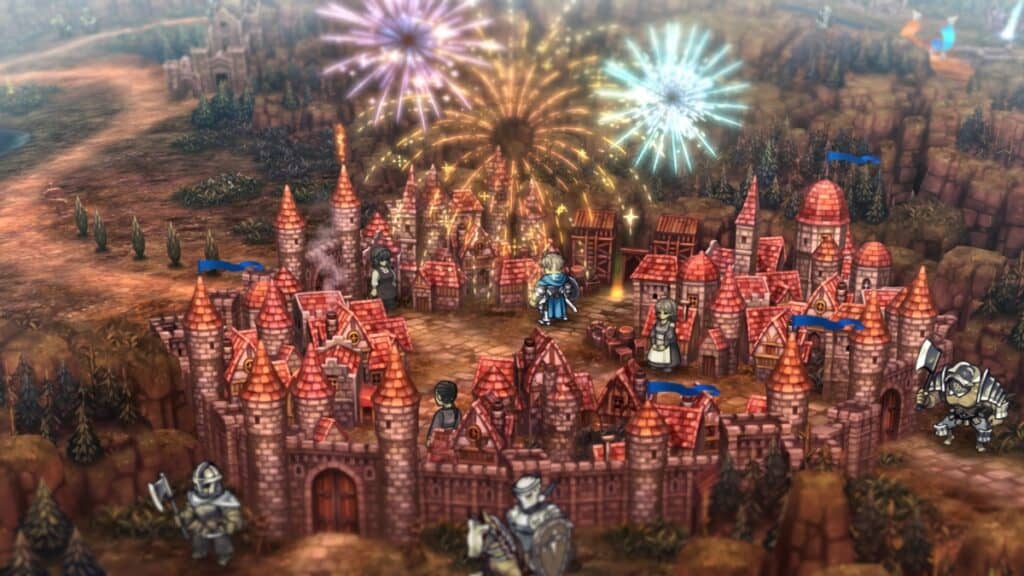
After finishing my campaign, I came to the realization that Unicorn Overlord is the perfect combination of old and modern. It doesn’t abandon its roots but elevates and modernizes established mechanics to make an inclusive experience. Its combat has addictive elements that, despite the complexity, won’t alienate new players. Whether you’re a veteran or a newcomer, putting the controller down will be hard after starting your first battle stage. From start to finish, Unicorn Overlord is a high-quality fantasy experience that skillfully presents the best this genre has to offer. All I ask is that Vanillaware doesn’t abandon this universe, as it was hard to say goodbye to something so memorable.
Unicorn Overlord (PlayStation 5 Reviewed)
Unicorn Overlord is a magnificent tactical RPG experience and one of the most memorable ones in recent years.
Pros
- Engaging and deep tactical systems.
- Addictive combat stages with different approaches.
- Highly accessible for genre newcomers.
Cons
- Endgame characters aren't too relevant.
- A weak and predictable plot.



